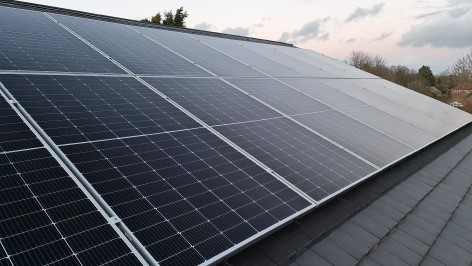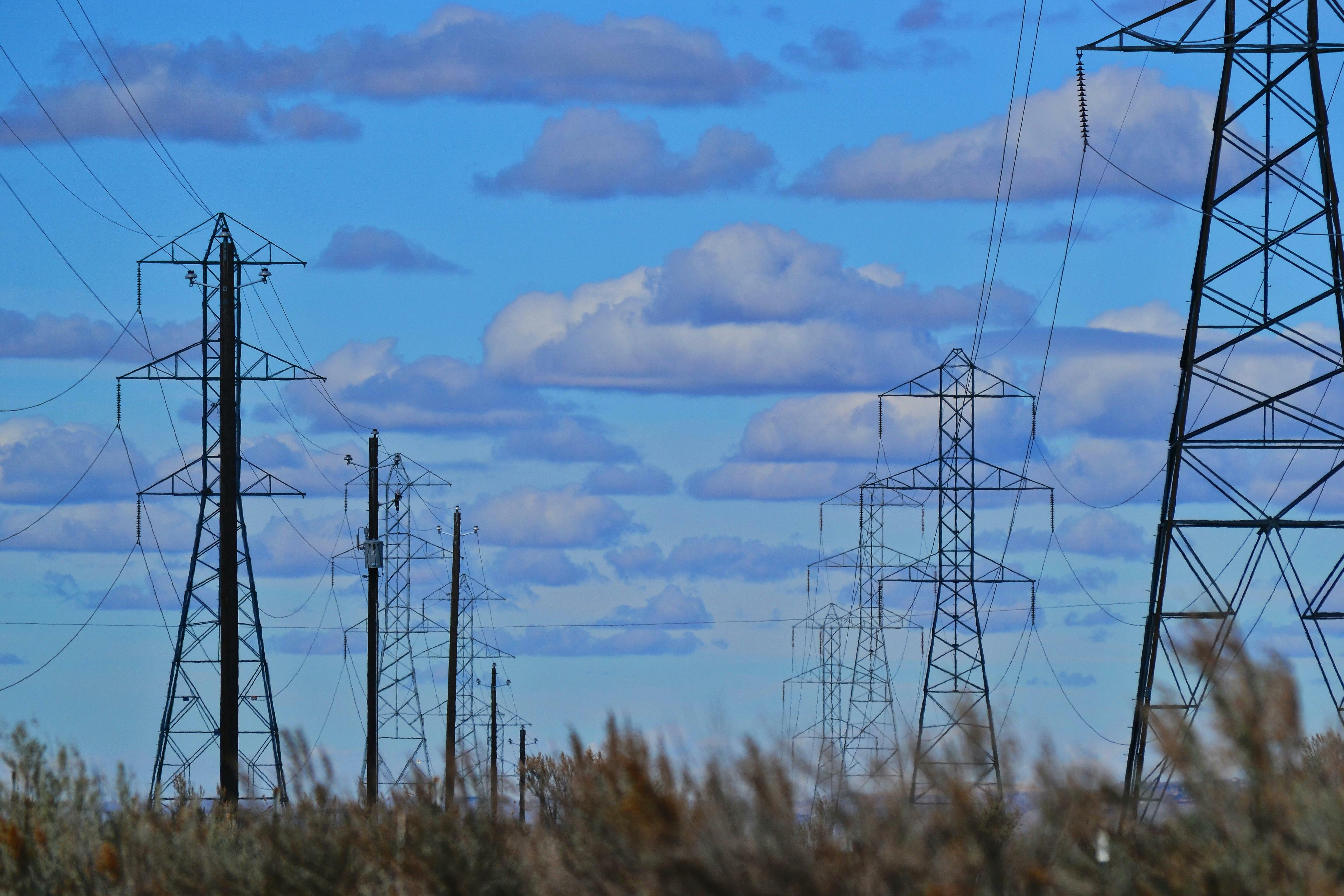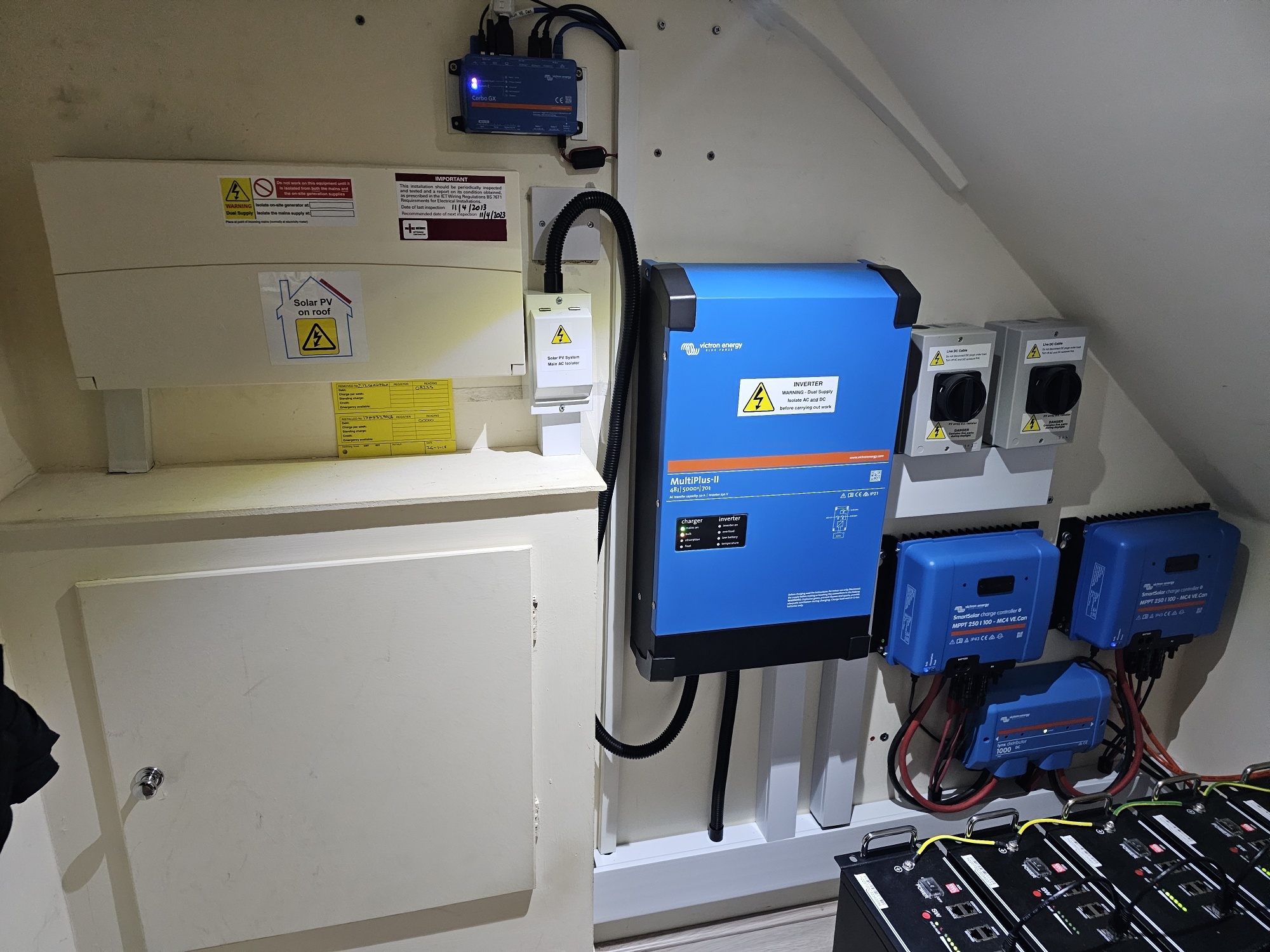Be prepared - planning & DNO (G98/G99/G100) considerations
Solar panel installation |
|
|
 |
DNO - Grid connectivity basics |
|
|
 |
DIY electrical connections (caution advised) |
|
|
 |
Solar panel installation |
|
|
 |
DNO - Grid connectivity basics |
|
|
 |
DIY electrical connections (caution advised) |
|
|
 |
Registered in England and Wales no 12342778 VAT GB 339579645